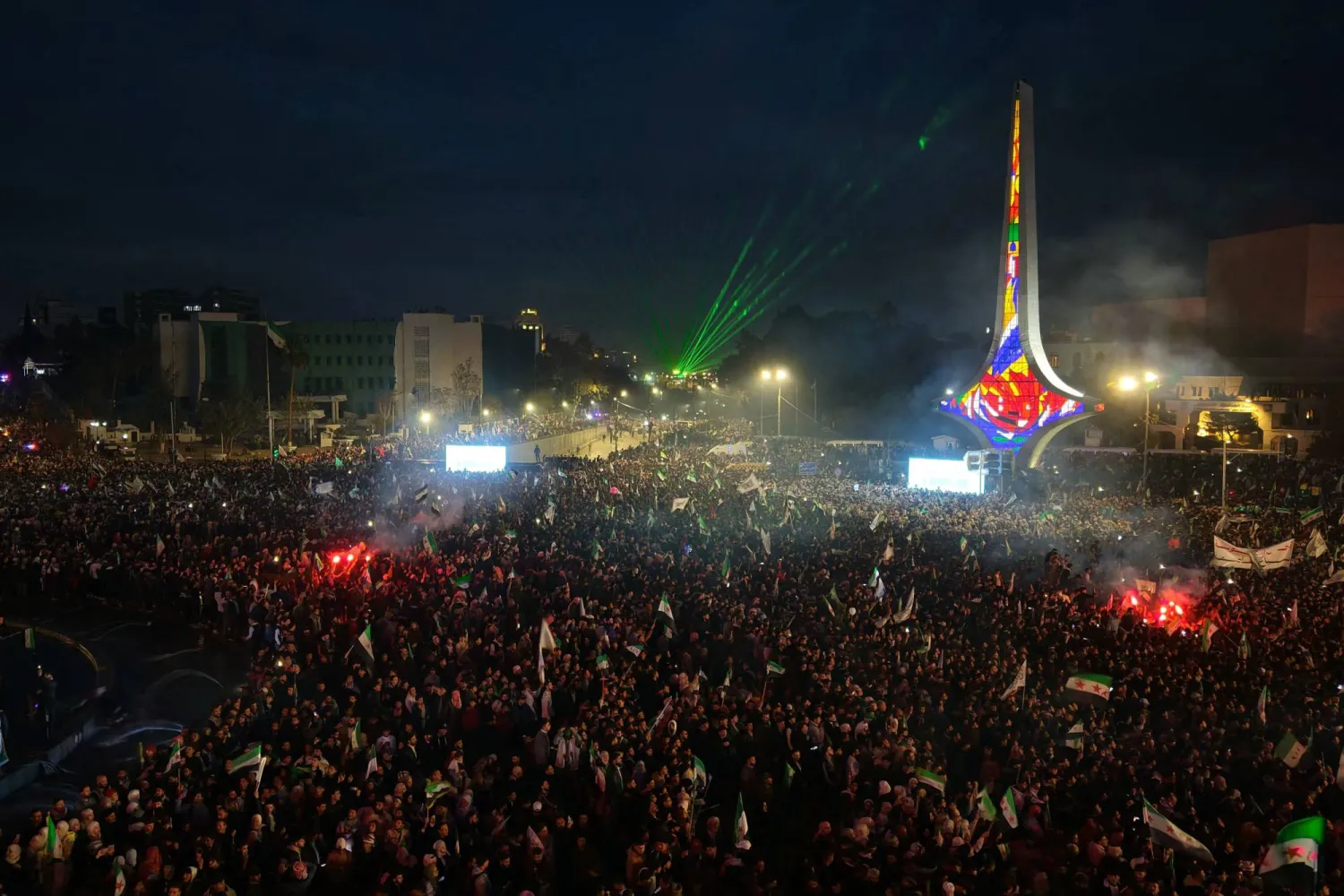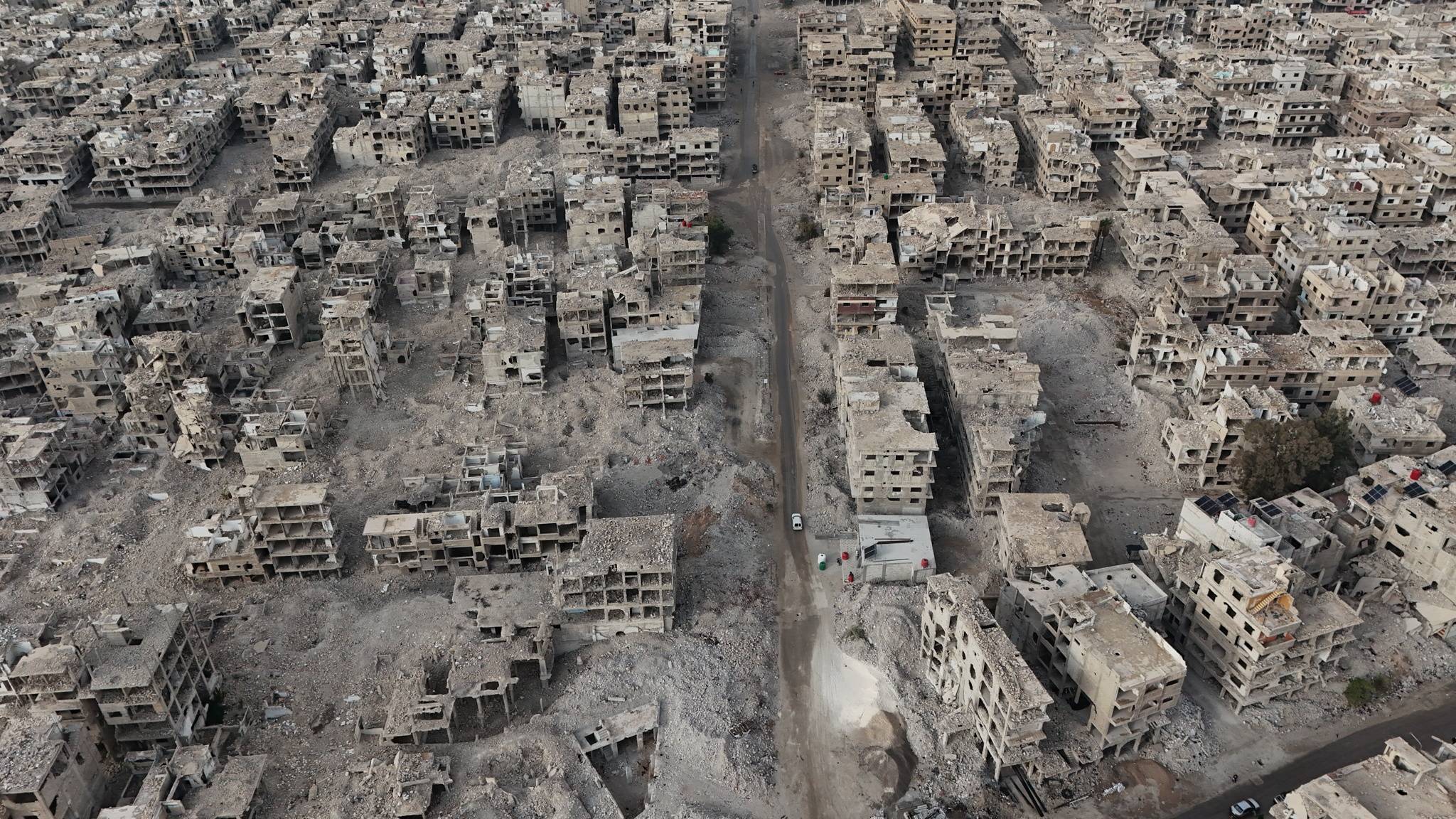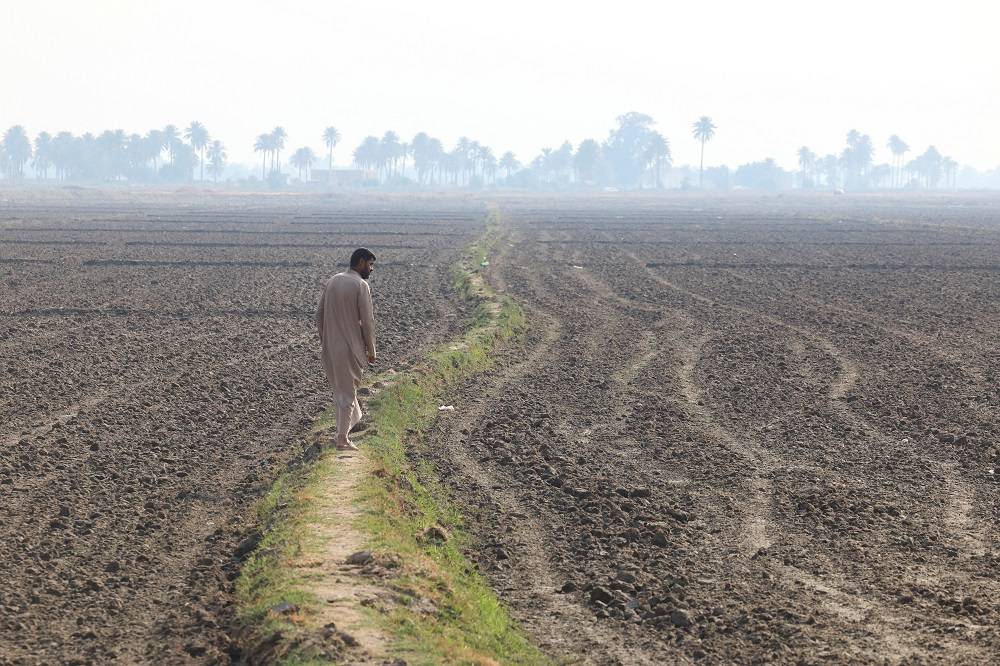Asharq Al-Awsat publishes excerpts from the memoirs of former Jordanian Prime Minister Taher Al-Masry, for which he chose the title, “Al-Haqiqa Baydaa (The Truth is White), reveals information and events in Jordan’s political history since 1973 and his clash with those in power.
Taher Al-Masry, a Jordanian of Palestinian origin, was known for his adherence to a comprehensive national identity, and formed a bridge in the relationship between the two countries.
He was appointed minister in 1973, then an ambassador to major capitals, and he later assumed the position of minister of foreign affairs in the 1980s. He was elected deputy in parliament in 1989. Al-Masry was appointed prime minister in 1991 and parliament speaker in 1993. He assumed the presidency of the Senate in 2009.
Asharq Al-Awsat chose excerpts from his book, which presented a detailed account of the opportunity to rebuild the relationship between late King Hussein and the Palestine Liberation Organization (PLO) and its leader Yasser Arafat in 1984.
He touched on the efforts to formulate a Jordanian-Palestinian agreement, with Arab support, that would pave the way for an international peace conference.
During that period, in which he was minister of foreign affairs, Al-Masry explains the historical framework of the agreement, and its failure for reasons related to differences within the organization. He talks about the Jordanian decision to dismantle the legal and administrative link with the West Bank after the Algiers summit in 1988, a move that Al-Masry opposed, warning against harming the unity between the two brotherly peoples.
Al-Masry recounts: “When Ahmed Obeidat was assigned to form the cabinet in January 1984, to succeed Mudar Badran’s government, King Hussein’s politically flexible and far-reaching vision was looking for opportunities to improve the country’s situation and prepare for the challenges posed by regional circumstances. […] I would like to point out here that the King’s vision is based on the fact that Jordan and Palestine are the countries that are more concerned with solving the Palestinian issue, and if harmony, coordination or agreement is achieved between them, it will facilitate the unification of an Arab position towards the negotiations.”
“At that time, the convening of the 17th Palestinian National Council conference in Amman was a first and preliminary step for what would happen next, and I think that Ahmed Obeidat did not value the importance of that picture. The exit of the PLO from Beirut in 1982 was of paramount importance to Jordan, especially with the ‘displacement’ of PLO leader Yasser Arafat among the Arab capitals. His instability generated bitterness for the Palestinian leadership, and affected the morale of the Palestinians. King Hussein saw the opportunity to save Yasser Arafat, who was in dire need of convening the Palestinian National Council in order to organize the affairs of the organization, and confirm its legitimacy and presence on the Palestinian political and national scene.”
Al-Masry said Arafat agreed without hesitation, which angered Syria. Hafez al-Assad tried to prevent the convening of the council by making threats and offering incentives.
Nonetheless, the conference was held in Amman from Nov. 22-29, 1984, in the presence of the Jordanian monarch at the opening session.
In parallel, Syria was rallying its ground forces on the northern Jordanian border, threatening military action against the country.
According to Al-Masry’s memoirs, King Hussein began to take new steps towards a Jordanian-Palestinian agreement, which he was convinced was the cornerstone for reaching the international conference. He relied on King Fahd bin Abdulaziz Al Saud’s project calling for the settlement of the Palestinian issue, which was announced during the second Fez Summit.
“King Hussein was keen on informing Saudi Arabia of his first steps regarding the agreement. Marwan al-Qasim was in charge of communicating with Saudi Foreign Minister Prince Saud al-Faisal. […] King Hussein’s goal behind obtaining Saudi Arabia’s clear and public support for this agreement was to strengthen the Jordanian and Palestinian positions, and for King Fahd to persuade the administration of President Ronald Reagan of the new Jordanian strategy.
“After the convening of the Palestinian National Council and King Hussein’s success in this important step, the features of the Jordanian-Palestinian agreement began to crystallize, but involved several disagreements before reaching its final form. Arafat put his initials on it on Feb. 11, 1985, claiming that he wanted to seek the opinion of the Palestinian leadership. He left for Kuwait and did not return to Amman.”
According to Al-Masry, the text of the agreement, before its amendment, included five clauses:
1- Land for peace, as stated in United Nations resolutions, including Security Council resolutions;
2- The right of self-determination for the Palestinian people;
3- Solving the Palestinian refugee problem according to United Nations resolutions;
4- Solving the Palestinian issue in all its aspects;
5- On this basis, peace negotiations take place in the light of an international conference, attended by the five permanent members of the UN Security Council and all parties to the conflict, including the PLO, the sole legitimate representative of the Palestinian people, within a joint (Jordanian-Palestinian) delegation.
“An agreement was reached on that day (Feb. 11, 1985) on the text and content, and Prince Saud Al-Faisal was contacted and informed of its details. […] News circulated about differences within the Palestinian leadership over some of the wording in the text. Yasser Arafat and Mahmoud Abbas (Abu Mazen) supported the agreement, while Farouk Qaddoumi was against it. A few weeks after the signing ceremony, influential Palestinian leaders announced their rejection of the agreement.”
Consequently, Al-Masry said Arafat dispatched three people from the leadership: Salah Khalaf (Abu Iyad), Mahmoud Abbas, and Abdul Razzaq Al-Yahya, to discuss the agreement with the Jordanias. As a result, two clauses were amended.
Al-Masry recalled how Syria strongly opposed and denounced the agreement. Damascus believed that it transferred the Palestinian “card” from Syria’s hands to Jordan’s, and that Amman wanted to “kidnap” the PLO to become supportive of its policies, to thus seek negotiations with the United States and Israel to permanently distance itself from Damascus, which could weaken Syria’s negotiating position.
On the international level, the Soviet Union was also opposed to this agreement. According to Al-Masry, Moscow believed that Jordan was exploiting the difficult Palestinian circumstances that followed the organization’s exit from Beirut in 1982 and its repercussions, “to encourage Yasser Arafat to transfer the rifle from the shoulder of the Soviet Union and the socialist system to the shoulder of the United States.”
Moscow’s analysis prompted it to declare war on the agreement. The battle erupted inside the PLO Executive Committee, which witnessed stormy quarrels between supporters and opponents. Fahd al-Qawasmi paid his life for that.
“King Hussein and the palace officials dealt with the PLO to reach the Jordanian-Palestinian arrangement, and at that time I was more involved in this file than Ahmed Obeidat, but I kept him informed of the developments, as I was the only participant from the Council of Ministers in the relevant discussions,” said Al-Masry.
“After the resignation of the Obeidat government, we completed our duty with the government of Zaid Al-Rifai in promoting the Jordanian-Palestinian understanding. We went with a joint Jordanian-Palestinian delegation to Algeria, then Rome, Paris and London.”
The Jordanian diplomat continued: “I carried royal messages about the goals of the Jordanian-Palestinian agreement to the Arab Gulf states, and asked them to support it and understand its reasons, so I went to Qatar, Bahrain, Oman, southern and northern Yemen, and the UAE.”














